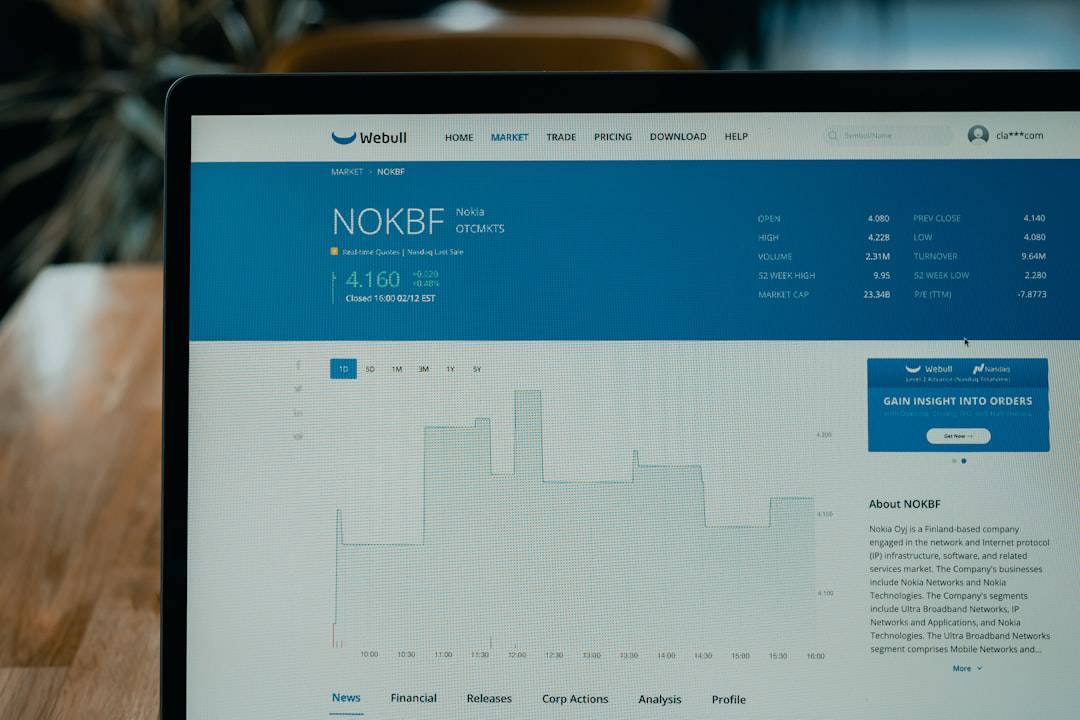Secure Access Service Edge (SASE) is a network architecture that integrates network security functions with wide-area networking (WAN) capabilities to address the dynamic, secure access requirements of modern organizations. SASE is engineered to deliver secure access to applications and data for users, irrespective of their geographical location. This is accomplished through the convergence of networking and security services, including Software-Defined Wide Area Network (SD-WAN), secure web gateways, firewall as a service, and Zero Trust Network Access (ZTNA).
Zero Trust Network Access (ZTNA) is a security framework founded on the principle of maintaining rigorous access controls and not trusting any entity by default, including those within the network perimeter. ZTNA authenticates the identity of users and devices and implements access policies based on the principle of least privilege, ensuring that only authorized entities can access specific resources. This methodology assists organizations in preventing unauthorized access and mitigating the risk of security breaches.
Key Takeaways
- SASE is a comprehensive security framework that combines networking and security functions, while ZTNA is a security model that verifies the identity of users and devices before granting access to applications.
- Implementing SASE and ZTNA can lead to improved security, reduced complexity, and increased flexibility for remote and mobile users.
- SASE and ZTNA work together by providing a unified security and networking architecture that allows organizations to enforce consistent security policies and access controls across all users and devices.
- Key components of SASE include secure web gateways, cloud access security brokers, and zero trust network access, while ZTNA relies on identity and access management, encryption, and micro-segmentation.
- When implementing SASE and ZTNA, organizations should consider factors such as scalability, user experience, and integration with existing security and networking infrastructure.
- Successful case studies of SASE and ZTNA implementations demonstrate improved security posture, reduced costs, and increased productivity for organizations across various industries.
- The future of SASE and ZTNA is expected to involve greater integration with cloud services, increased use of artificial intelligence for threat detection, and continued focus on user-centric security.
The Benefits of Implementing SASE and ZTNA
Implementing SASE and ZTNA offers several benefits for organizations looking to enhance their network security and provide secure access to applications and data. One of the key benefits is improved security posture. By combining networking and security functions into a single, integrated architecture, SASE enables organizations to enforce consistent security policies across all users, devices, and applications, regardless of their location.
This helps organizations reduce the attack surface and mitigate the risk of security breaches. Furthermore, SASE and ZTNA provide organizations with greater flexibility and agility. With the increasing adoption of cloud-based applications and the rise of remote work, traditional network architectures are no longer sufficient to support the dynamic access needs of modern organizations.
SASE and ZTNA enable organizations to provide secure access to applications and data from anywhere, at any time, and on any device, without compromising security. This flexibility allows organizations to adapt to changing business requirements and support a distributed workforce more effectively.
How SASE and ZTNA Work Together to Enhance Security

SASE and ZTNA work together to enhance security by providing a comprehensive approach to network security and access control. SASE integrates networking and security functions into a unified architecture, allowing organizations to apply consistent security policies across all users, devices, and applications. This ensures that all traffic, whether it’s from branch offices, remote users, or cloud-based applications, is subject to the same level of security enforcement.
ZTNA complements SASE by providing a granular approach to access control. By verifying the identity of users and devices and applying access policies based on the principle of least privilege, ZTNA ensures that only authorized users and devices can access specific resources. This zero-trust approach reduces the risk of unauthorized access and helps organizations prevent lateral movement within their networks in the event of a security breach.
Key Components of SASE and ZTNA
| Component | Description |
|---|---|
| Secure Access Service Edge (SASE) | Combines network security functions with wide-area networking (WAN) capabilities to support the dynamic, secure access needs of organizations. |
| Zero Trust Network Access (ZTNA) | Focuses on the principle of maintaining strict access controls and not trusting anyone by default, even those already inside the network perimeter. |
The key components of SASE include SD-WAN, secure web gateways, firewall as a service, and Zero Trust Network Access (ZTNA). SD-WAN provides organizations with the ability to connect and manage their wide-area networks more effectively, while secure web gateways enable secure access to the internet and cloud-based applications. Firewall as a service provides organizations with advanced threat protection and access control capabilities.
ZTNA includes components such as identity verification, access policies, and micro-segmentation. Identity verification ensures that only authorized users and devices can access specific resources, while access policies define the level of access granted to each user or device based on their identity and context. Micro-segmentation further enhances security by isolating workloads and applications from each other, reducing the risk of lateral movement in the event of a security breach.
Considerations for Implementing SASE and ZTNA in Your Organization
When considering implementing SASE and ZTNA in your organization, there are several key considerations to keep in mind. First, it’s important to assess your organization’s current network architecture and security posture to identify any gaps or areas for improvement. This will help you determine how SASE and ZTNA can address your organization’s specific security and access control needs.
Additionally, it’s important to consider the scalability and flexibility of SASE and ZTNA solutions. As your organization grows and evolves, you’ll need a solution that can adapt to changing business requirements and support a distributed workforce effectively. It’s also important to consider the user experience and ensure that implementing SASE and ZTNA doesn’t introduce unnecessary complexity or hinder productivity for your employees.
Case Studies: Successful Implementations of SASE and ZTNA

Several organizations have successfully implemented SASE and ZTNA to enhance their network security and provide secure access to applications and data. For example, a global financial services firm implemented SASE to support its transition to a cloud-first strategy while improving its security posture. By consolidating networking and security functions into a single architecture, the firm was able to reduce complexity, improve visibility, and enforce consistent security policies across its global network.
Another case study involves a healthcare organization that implemented ZTNA to enhance its access control capabilities and protect sensitive patient data. By applying the principle of least privilege and verifying the identity of users and devices before granting access to critical resources, the organization was able to reduce the risk of unauthorized access and prevent potential security breaches.
The Future of SASE and ZTNA: Trends and Predictions
Looking ahead, the future of SASE and ZTNA is likely to be shaped by several key trends. One trend is the increasing adoption of cloud-based applications and services, which will continue to drive the need for flexible, secure access solutions like SASE and ZTNAdditionally, the rise of remote work and the proliferation of mobile devices will further emphasize the importance of providing secure access to applications and data from anywhere, at any time. Another trend is the convergence of networking and security functions into unified architectures, driven by the need for greater simplicity, agility, and scalability.
As organizations continue to face evolving security threats and compliance requirements, integrated solutions like SASE and ZTNA will become increasingly essential for maintaining a strong security posture while supporting business growth. In conclusion, Secure Access Service Edge (SASE) and Zero Trust Network Access (ZTNA) offer organizations a comprehensive approach to network security and access control. By combining networking and security functions into unified architectures, SASE and ZTNA enable organizations to enforce consistent security policies across all users, devices, and applications while providing secure access from anywhere, at any time.
As organizations continue to face evolving security threats and business requirements, implementing SASE and ZTNA will become increasingly essential for maintaining a strong security posture while supporting business growth in the future.
If you’re interested in learning more about the historical evolution of the metaverse and its impact on various industries, you should check out this article on metaversum.it. It provides a comprehensive overview of how the metaverse has evolved over time and its potential implications for industries such as healthcare and wellness. This article can provide valuable insights into the broader context of technologies like SASE and ZTNA within the metaverse ecosystem.
FAQs
What is SASE?
SASE stands for Secure Access Service Edge, which is a network architecture that combines network security functions with wide-area networking capabilities to support the dynamic, secure access needs of organizations.
What is ZTNA?
ZTNA stands for Zero Trust Network Access, which is a security framework that requires all users, whether inside or outside the network, to be authenticated, authorized, and continuously validated before being granted access to applications and data.
How does SASE differ from traditional network security approaches?
SASE integrates network security and wide-area networking capabilities into a single cloud-based service, providing a more flexible and scalable approach compared to traditional network security approaches that rely on hardware-based solutions.
What are the key benefits of SASE and ZTNA?
The key benefits of SASE and ZTNA include improved security posture, simplified network management, enhanced user experience, and the ability to support remote and mobile workforce needs.
How does SASE and ZTNA address the challenges of remote work and cloud adoption?
SASE and ZTNA provide secure access to applications and data regardless of the user’s location, making them well-suited for supporting remote work and the adoption of cloud-based services.
What are some common use cases for SASE and ZTNA?
Common use cases for SASE and ZTNA include secure access for remote workers, secure access to cloud applications, secure access for branch offices, and secure access for mobile devices.











Leave a Reply